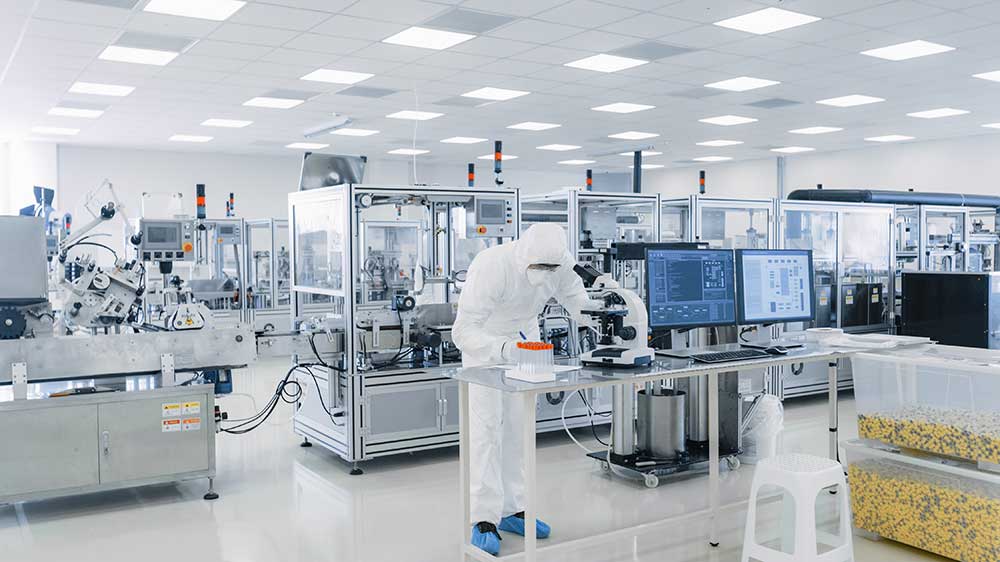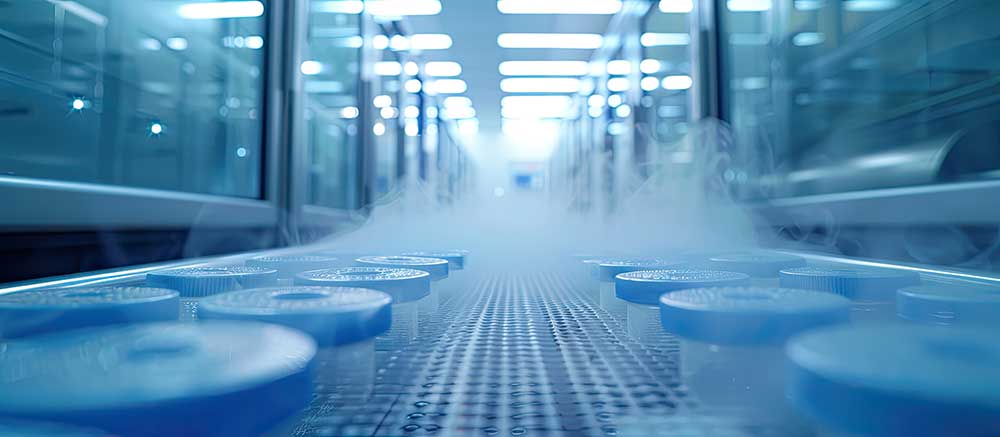Posts Tagged ‘Stability Chambers and Incubators’
Ensuring Drug Safety and Efficacy: The Critical Role of Stability Chambers in Pharmaceutical Development
Stability tests are conducted in validated stability chambers for pharmaceutical (ICH), biological (BOD), scientific and laboratory applications. These tests, which subject the product samples to variations in temperature and humidity, are conducted during drug product development as well as once a candidate drug reaches use and are governed by current good manufacturing practices (cGMPs).


